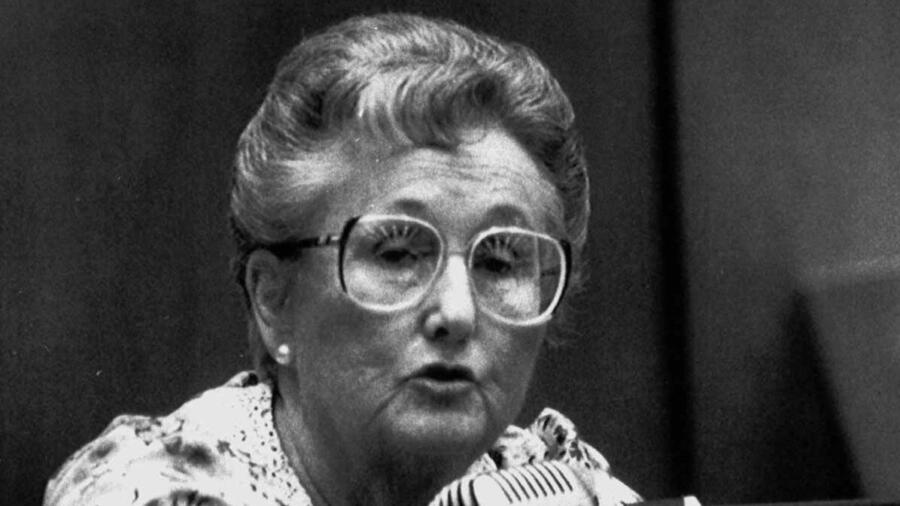Introduction
In the 1980s, the United States witnessed a surge of fear and paranoia, encapsulated in what became known as the “Satanic Panic.” At the heart of this hysteria was the McMartin Preschool case, a legal saga that not only became the most expensive trial in American history but also a cautionary tale about the perils of mass hysteria, flawed investigative techniques, and the fragility of justice.
The Genesis of the McMartin Preschool Case
The McMartin Preschool, located in Manhattan Beach, California, was a reputable institution until August 1983, when Judy Johnson accused staff member Ray Buckey of molesting her son. Johnson’s allegations extended beyond typical abuse claims, incorporating elements of satanic rituals and bizarre occurrences.
The Role of Media in Amplifying the Panic
The media played a significant role in escalating the McMartin case. Sensational headlines and continuous coverage fueled public fear, often presenting unverified claims as facts. This relentless media attention contributed to the nationwide spread of the Satanic Panic.
Investigative Techniques and Their Flaws
Children were interviewed using suggestive and leading questions, often by untrained professionals. These methods led to the extraction of dubious testimonies, with children recounting implausible events, such as flying teachers and secret tunnels.
Legal Proceedings: A Marathon of Missteps
The trial, which began in 1987, lasted until 1990, making it the longest and most expensive criminal trial in U.S. history. Despite the extensive proceedings, no convictions were secured. The lack of physical evidence and the questionable reliability of testimonies contributed to the trial’s outcome.
The Aftermath and Its Implications
The McMartin case had lasting effects on the accused, the children involved, and the legal system. It highlighted the dangers of mass hysteria and the importance of proper investigative techniques. The case also led to reforms in how child abuse allegations are handled, emphasizing the need for evidence-based approaches.
Lessons Learned from the McMartin Case
The McMartin Preschool case serves as a stark reminder of the consequences of moral panic and the importance of safeguarding the rights of all individuals within the justice system. It underscores the necessity for critical thinking, responsible media reporting, and the implementation of rigorous investigative standards.
FAQs
What sparked the McMartin Preschool case?
The case began when Judy Johnson accused Ray Buckey of molesting her son, leading to a broader investigation into the preschool.
Why was the case associated with Satanic Panic?
Allegations included claims of satanic rituals and bizarre activities, aligning with the broader Satanic Panic movement of the 1980s.
What were the outcomes of the trial?
After a lengthy trial, no convictions were made, and all charges were eventually dropped.
How did the case impact the legal system?
The case led to reforms in interviewing techniques and highlighted the need for evidence-based investigations in child abuse cases.
What role did the media play in the case?
Media coverage amplified public fear and contributed to the spread of the Satanic Panic.
Are there lasting effects from the case?
Yes, the case had enduring impacts on the individuals involved and influenced changes in legal and investigative practices.
Conclusion
The McMartin Preschool case remains a pivotal event in American legal history, illustrating the dangers of mass hysteria and the critical need for integrity in investigative and legal processes. It serves as a cautionary tale, reminding society of the importance of evidence-based practices and the protection of individual rights.

